Just a few years ago Samuel Haine was working at a Mexican restaurant, scraping together enough cash to hire an artist to draw a few pages of his comic Slow City Blues. Now he is working with industry legend, founder of Valiant Comics, and former Marvel Editor-in-Chief Jim Shooter as his series is about to be published through Image Comics. The new genre-bending series also features pencils by Shawn Moll (DC’s 52, WildCats, Outsiders), colors by JD Smith (Ultimate Spider Man, Witchblade, Fathom), inks and finishes by John Livesay (Flash, Spiderman, X-Men), and letters by Thomas Mauer (4 Kids Walk Into A Bank, The Beauty, Copperhead).
The ongoing series centers on Detective John Loris, a man trapped inside his imagination after accidentally killing a little girl in the line of duty. After trying to take his own life, he ends up in Slow City, a construct of his mind’s eye and a place where anything and everything is possible, except a way out. John is both revered and reviled as The Creator so he does the only thing he knows how: Be a cop. Times are changing, though. Now John and his partner, a six foot six, smart-ass skunk, must solve a double homicide and bring the killer to justice before a gang war between the Gorillas of the Devil’s Backbone and the Dragons of the Midnight Syndicate destroys Slow City.
The Beat chatted with both Haine and Shooter about the comic and how a project filled with action, humor, fantasy, tragedy, and more got off the ground.
Deanna Destito: Sam, how did you come up with the concept for Slow City Blues?
Samuel Haine: Six years ago it kinda came out how a lot of things come out—truly out of spite. I was brought on and I went through the hiring process as a writer for this video game company. Not going to say who, but they have since gone belly up so perhaps it was kismet. But we got all the way down. I did all the writing samples, and I went through all the tests, and I went through all the interviews, and we negotiated on salary, and we talked relocation sites, and they even helped me pick an apartment that wouldn’t be a headache to travel to and from work, and then they said, ‘okay it’s between you and another guy, an older gentleman, he works at the company, but we like to bring in new talent. You’re young, (‘cause six years ago I was like 23, 24) and we can mold you into the company culture. No matter what. Yes or no. I promise you, no matter what, you’ll get a phone call, you’ll get an email letting you know either way.’ I didn’t get a phone call. I didn’t get an email. So I thought to myself, hey I want to do this. They had a noir title and I like doing this. You can’t tell me no!
Jim Shooter: So it was his revenge.
Haine: This is me sticking it to the man! I was working at a Mexican food restaurant. I was trying to cobble together some bucks, and all of a sudden the idea, not the piece fully formed as Jim will attest to because we needed to do a lot of work on it, came to me. So I was working at a Mexican food restaurant, and I’m saving up money and I scrape together $1500, and I get the first set of pages commissioned. I take it to my now producing partner ‘cause I also started to get to do film. He goes, ‘oh I know somebody.’ And it’s John Livesay. So I meet John and he says, ‘this is pretty good, the story, the idea, but I don’t know about the art. Let me see if this idea has legs.’ Oh ok cool, let’s find out. And lo and behold, he brings it to Jim Frickin’ Shooter. No pressure! So thankfully Jim took mercy on me and saw something. I was tossed into the deep end of the Jim Shooter School of Storytelling. He’s taken me to task. It’s been a lot of work but it’s surreal. And we have this amazing team and we brought on all these fantastic people and it’s all ‘cause of John. John Livesay put it altogether and Jim, he’s going to be modest, but he had a tremendous hand in helping craft this narrative to where it is today.
Destito: Jim, how much of the original story is there versus what you molded it to become?
Shooter: Oh I didn’t try to make it mine. The reason I got involved with it in the first place is John Livesay, who I’ve worked with, he worked for me a couple of times. He called me up and said, ‘hey would you look at this?’ So I looked at it and I’d never seen anything like it. Brilliant ideas. Look, I’ve been doing this 54 years and I’ve learned from some of the best people who were ever in the business. I had some advice about how to structure it to make it happen, and I contributed an idea for the ending, which Sam liked. To me, it didn’t need to be fixed. Didn’t need to change. You just need to organize. It’s architecture as well as art. I was the person who made sure, as they say in Hollywood, that we did the math. We had this long buildup to an ending, and the ending I didn’t think was good enough to go with the story. So I said here’s where it should go. I gave ideas to Sam, and he took it and ran with it. The point is to help him realize what he wants to do, which is pretty darn good.
Destito: There’s a mix of styles and genres in Slow City Blues. Do you like to blend or this something new for you?
Haine: This is my first time out. It’s my first time at bat. So to be able to have all this happen is surreal. You put together what you think will be the best story. It’s all about story. It’s all about narrative. Everything else adds to it.
Shooter: The mix of genres is necessary to the story. It’s an essential part of the story because a lot of it takes place in this man’s imagination. He’s been shot so he’s not thinking too clearly. So all these things pop up, everything he’s ever experienced in his life. Everything from listening to his kids’ video games, from reading comics to the kids, from movies, from art. From everything he’s ever encountered in his life. And that’s probably how it would be. I thought that was one of the great parts of it, a real interesting look into somebody’s mind.
Destito: Is that what attracted you to Slow City Blues?
Shooter: Yeah. I thought the ideas were brilliant. And I thought what he needed was something that I can do. He talks about the Jim Shooter School of Storytelling. No, it’s the Jim Shooter, Mort Weisinger, Stan Lee, Jack Kirby, Steve Ditko…I worked with these guys and listened to every word they said. I worked with the greatest people and try to pass some of the wisdom of the ancients on. I didn’t make any of this stuff up, but I wrote a lot of it down.
Destito: Jim, do you favor big companies or creator-owned books?
Shooter: When I was at Marvel and it was good, that was fun. Then when the owners decided to sell the company and things got ugly, then it was no fun. When I was at DC those were good times. This is nice because you don’t have any corporate bean counters to answer to. That was always one of my least favorite things, having to explain to someone who is pinching pennies, ‘no we have to pay this guy.’ Free of that is great.
Destito: What will appeal to different types of readers?
Haine: There’s a little bit of everything. It’s genre bending. There’s really great character work, there’s fantastic art, there’s tons of action, there’s mystery, there’s tension, there’s tragedy, there’s humor, or at least my best attempt at it. There’s all these kooky characters. We’ve thrown it all together into this great amalgamation that will resonant with a lot of people. I think we’re telling a really solid story and people connect with story.
Shooter: You tell a good story and you tell it well. And that’s success.
Slow City Blues is slated to release on February 19, 2020 with a supersize issue. To stay up-to-date on the series, follow the comic on Twitter and Instagram: @scbcomic
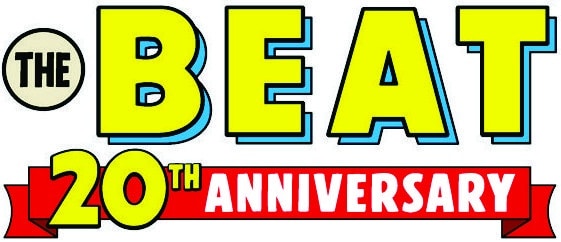
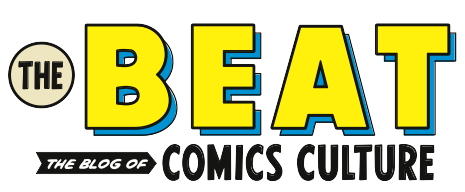
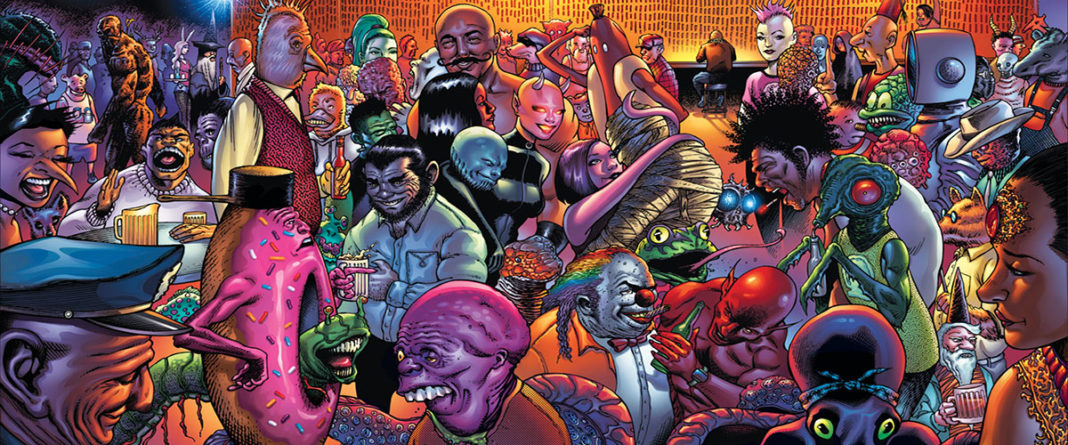
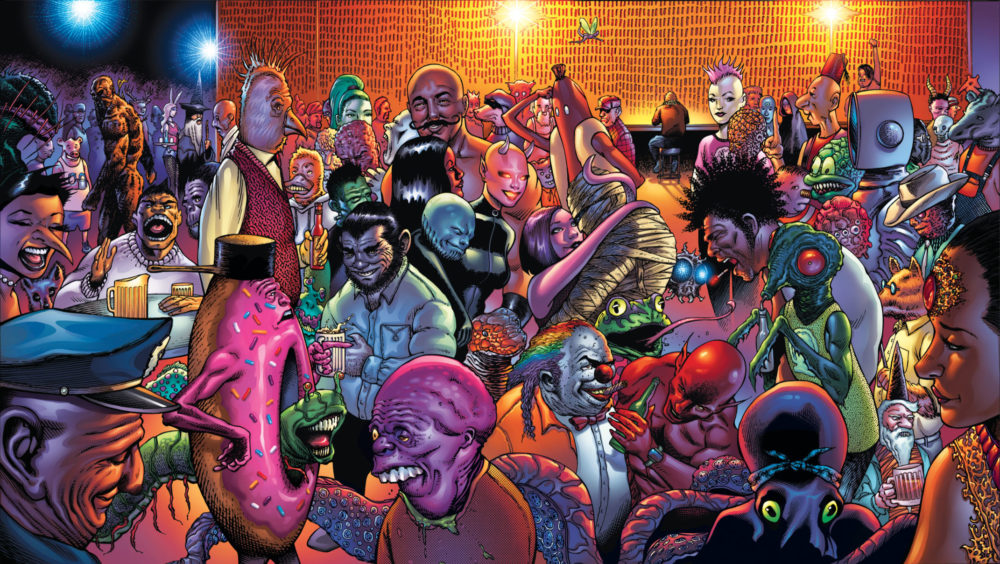
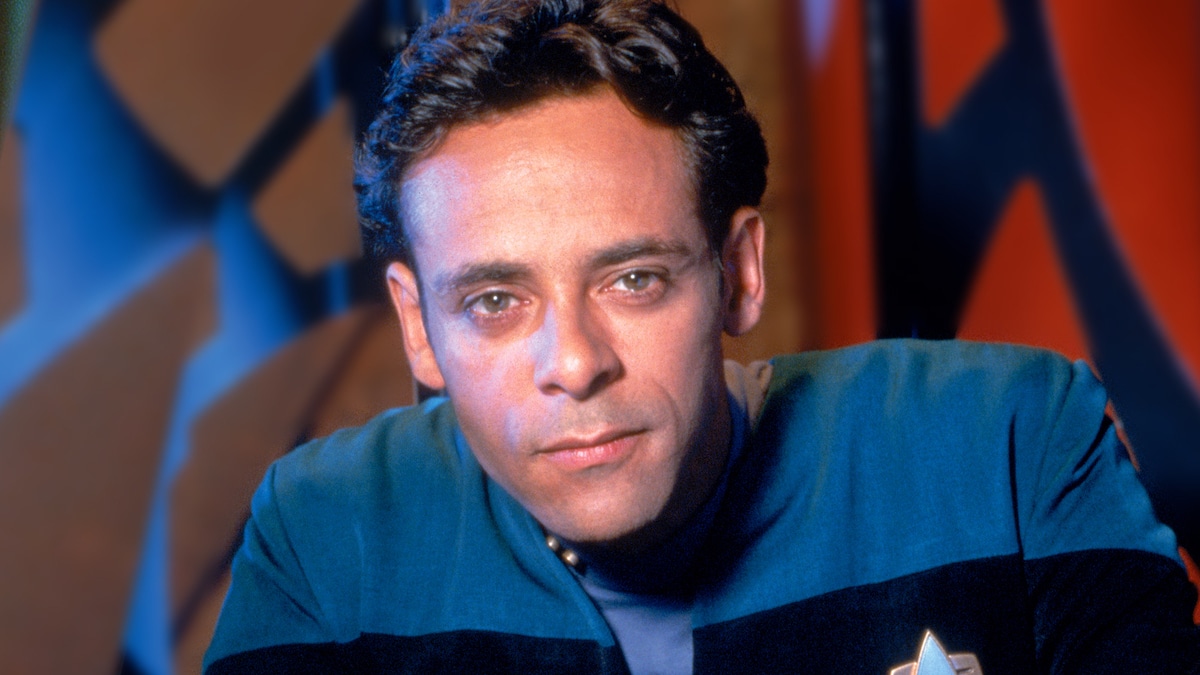
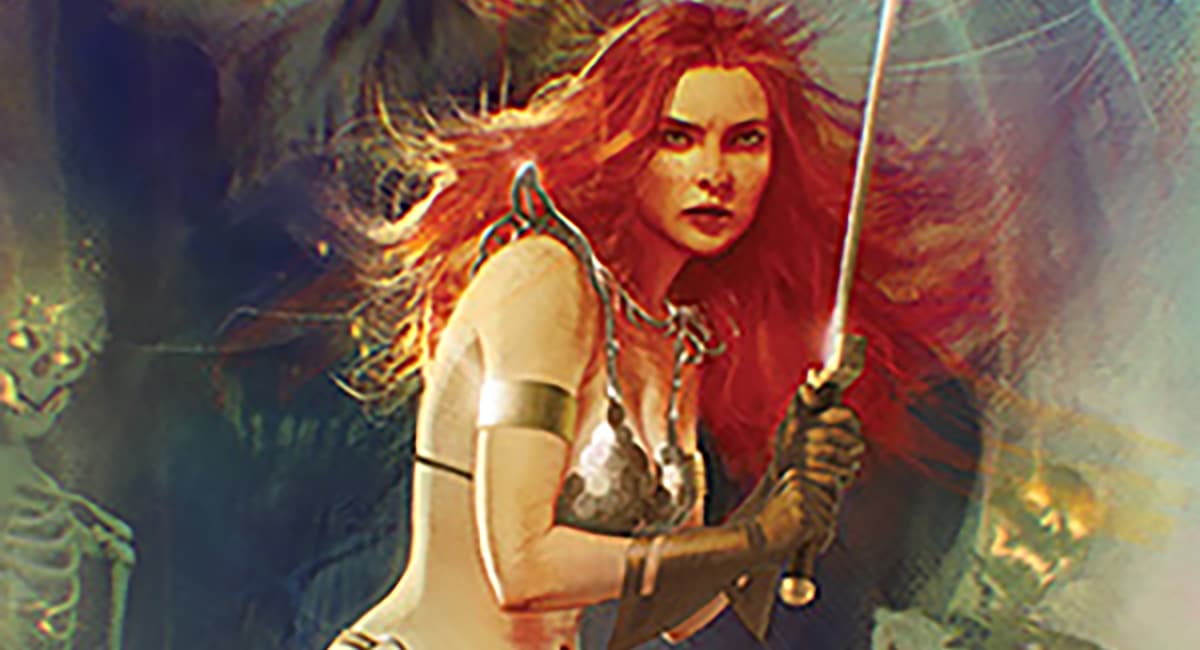
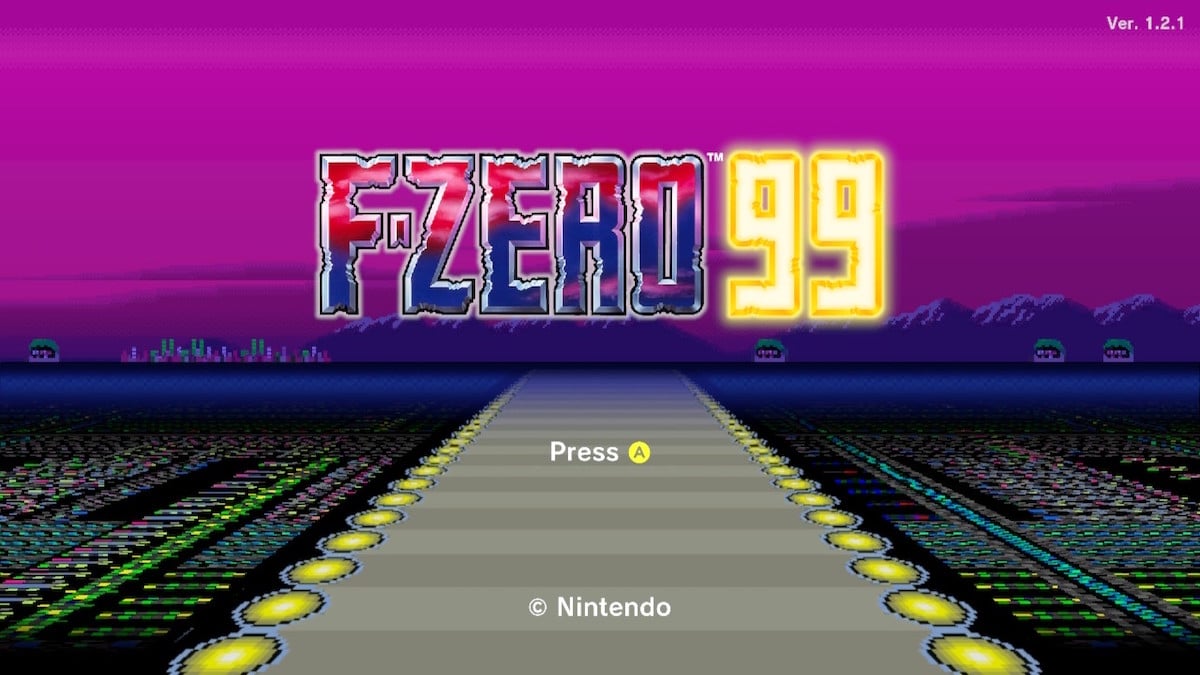
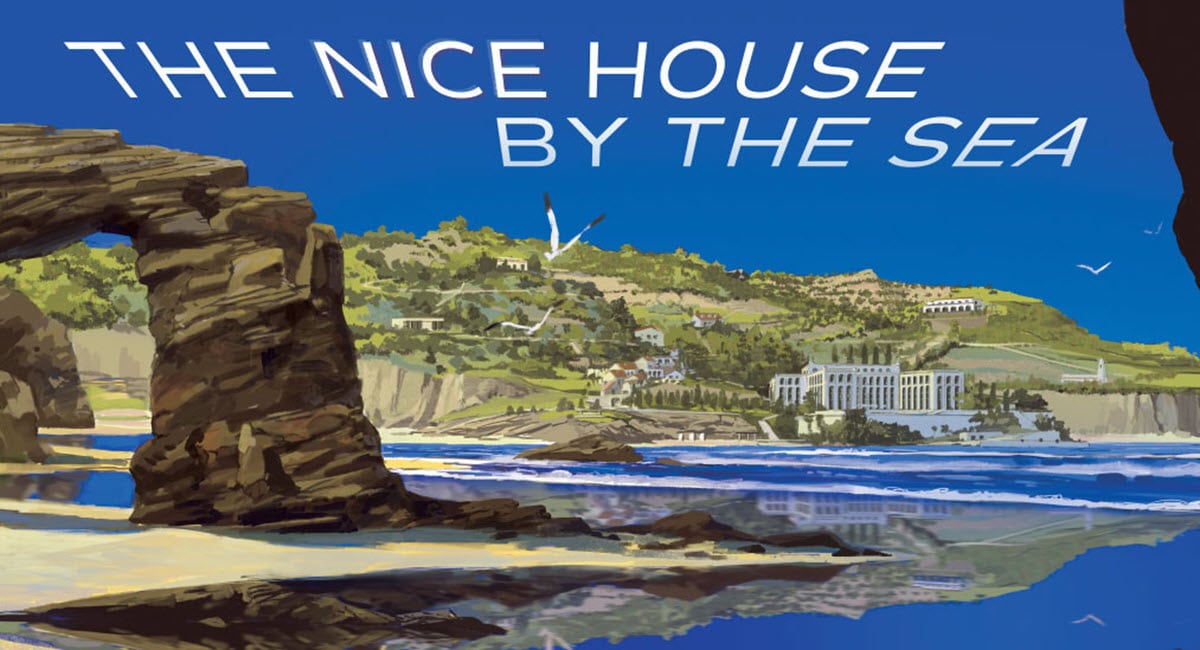
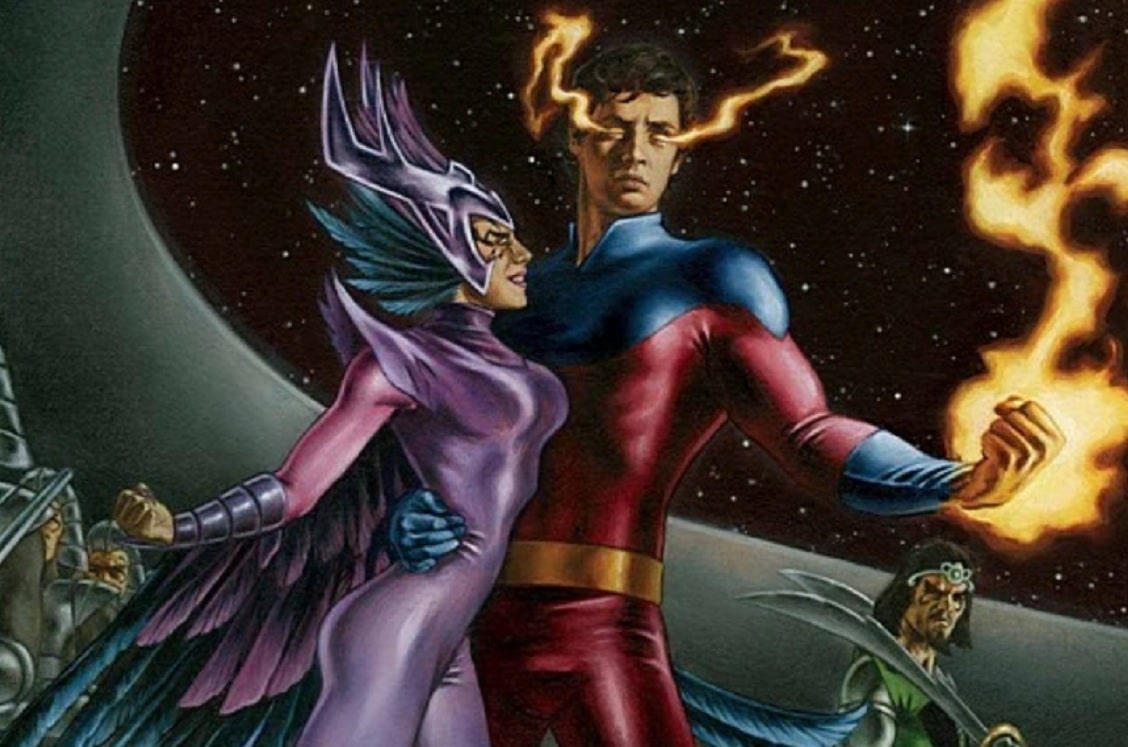
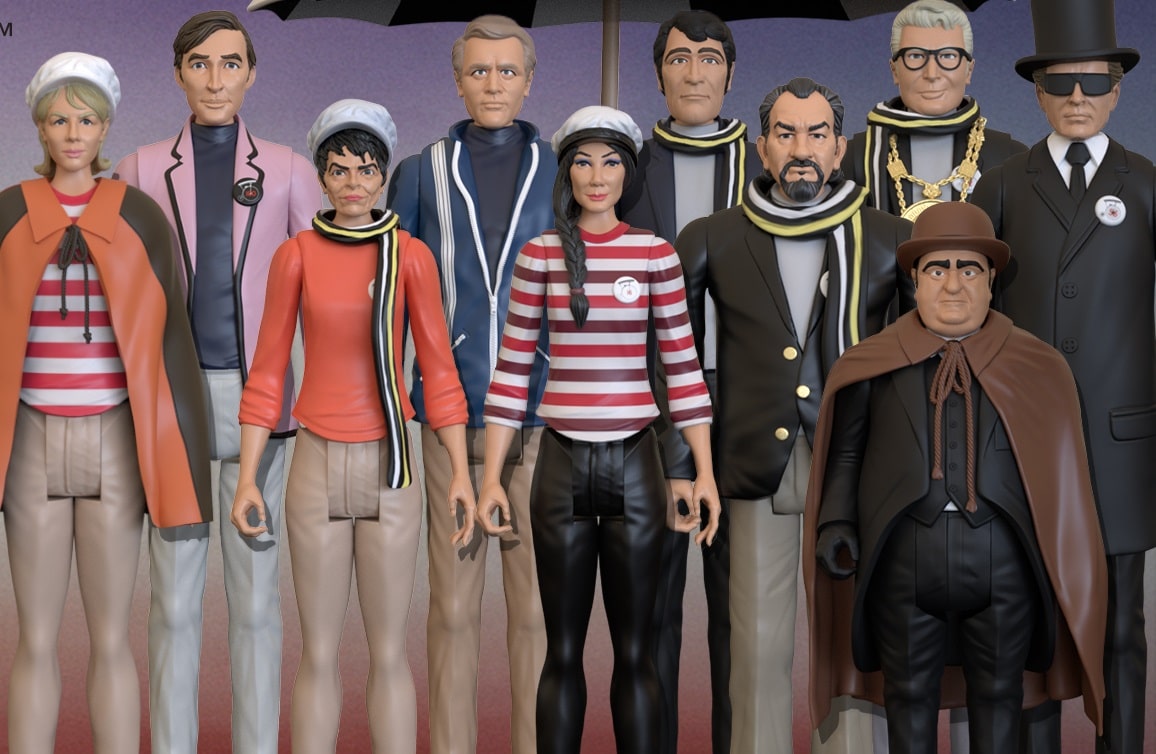
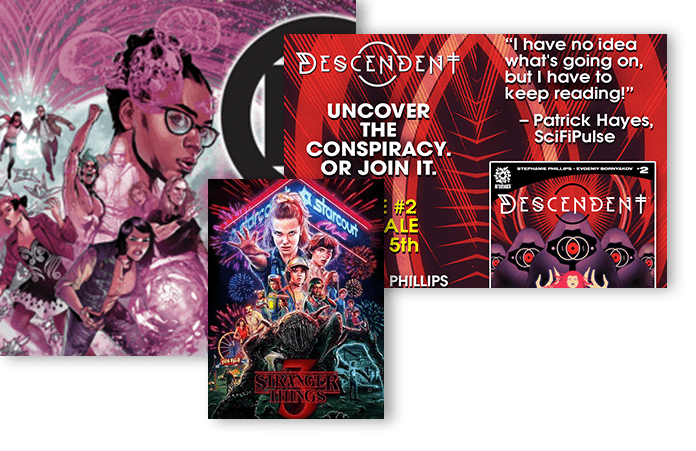
looks interesting, and a bit of fun
Comments are closed.